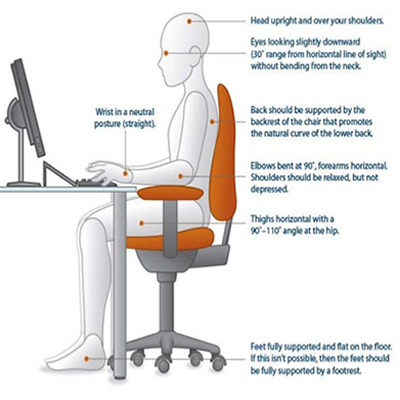Ergonomic Assessment & Evaluation
Ergonomic Assessment & Evaluation

Ergonomics is the science of fitting workplace conditions and job demands to the capabilities of the working population. Effective and successful "fits" assure high productivity, avoidance of illness and injury risks, and increased satisfaction among the workforce. Although the scope of ergonomics is much broader, the term here refers to assessing those work-related factors that may pose a risk of musculoskeletal disorders and recommendations to alleviate them. Common examples of ergonomic risk factors are found in jobs requiring repetitive, forceful, or prolonged exertions of the hands; frequent or heavy lifting, pushing, pulling, or carrying of heavy objects; and prolonged awkward postures. Vibration and cold may add risk to these work conditions. Jobs or working conditions presenting multiple risk factors will have a higher probability of causing a musculoskeletal problem. The level of risk depends on the intensity, frequency, and duration of the exposure to these conditions and the individuals' capacity to meet the force of other job demands that might be involved.
For more info please visit: www.osha.gov/SLTC/ergonomics/





